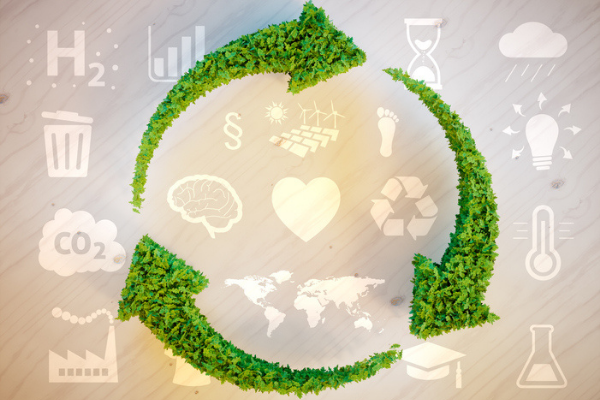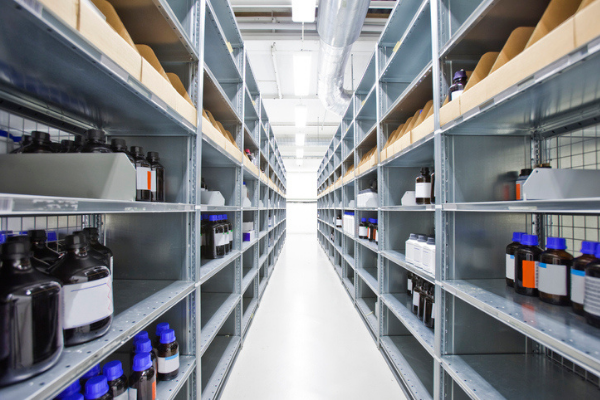A core value of the American Chemical Society is to promote professionalism, safety, and ethics. These are words that we all think we understand until you get a group into a room and start a discussion about what they mean to each individual. Let’s focus for a moment on safety and what it means, particularly to those in the chemical profession. The dictionary definition indicates that it is the condition of being protected from or unlikely to cause danger, risk, or injury. But, as practitioners in an enterprise where there is the potential to cause danger, risk, harm or injury, it is important to understand what we can do to ensure safety in our workplaces, our industries, our products, and our communities.
To do this, we need to focus on one of the words in the definition, risk. The term risk relates to a situation that involves exposure to danger, injury or harm. Risk can also be related to the likelihood that danger, injury or harm may occur. For example, the act of walking across a room includes the potential risk of falling. Similarly, any action we take involves some risk. The key for us as practitioners is to recognize the potential risks, identify the hazards and take actions to mitigate them.
Risk is different than a hazard, even though we tend to interchange the two concepts. A hazard in the world of safety is something that is a potential source of danger. Back to the example of walking across the floor, our risk of falling increases if there are certain hazards present, like water, an open file drawer, or an electrical cord. To minimize the risk, we have to remove or mitigate the hazard. But, first, it is critical to recognize both risks and hazards. So, to help promote safety, and build a safety culture, take a moment and look around the space where you are reading this article. Can you identify a couple of risks, and spot three hazards?














